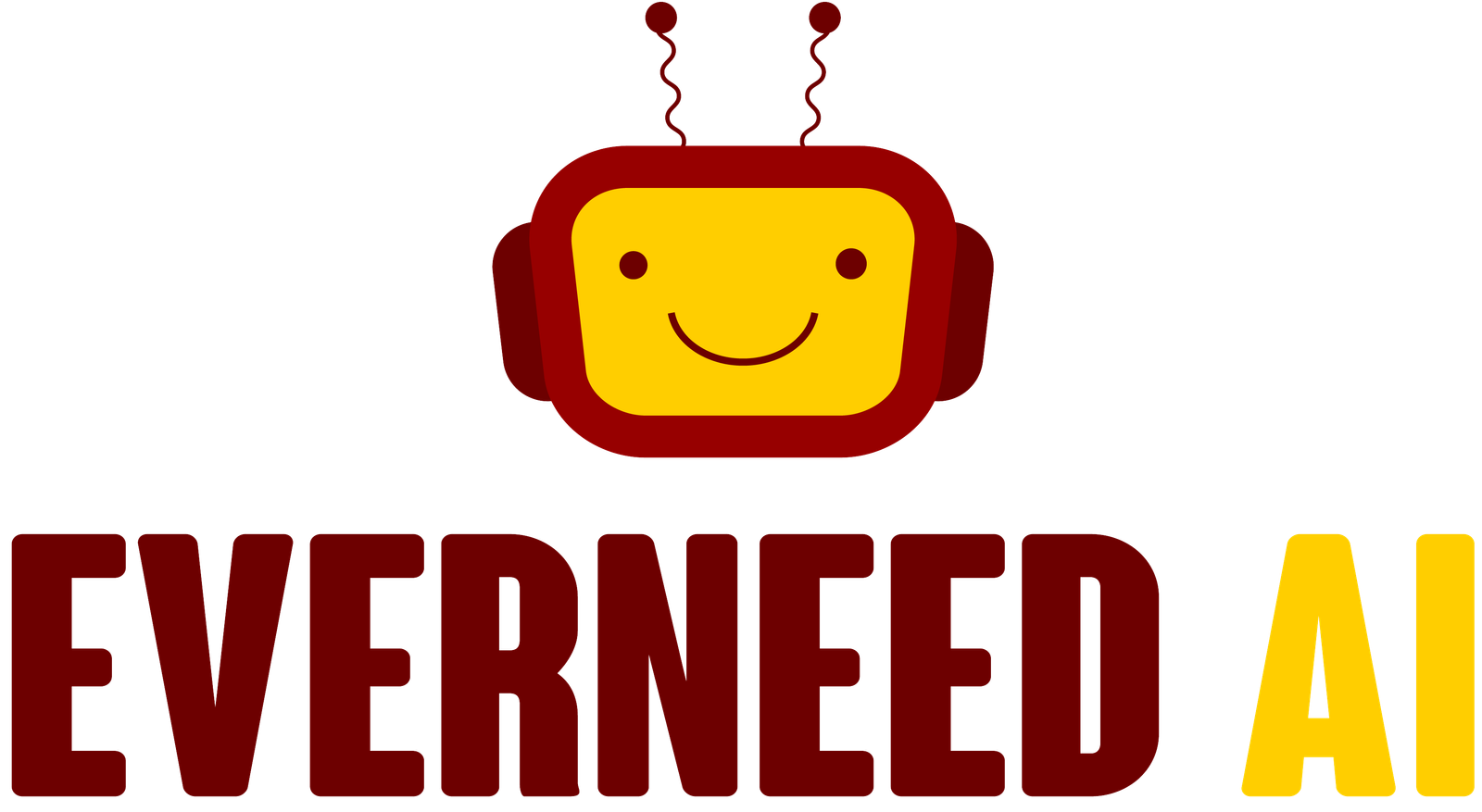Top AI Priorities for Government & Public Services – What to Implement (and Avoid)
Governments should focus on AI-augmented decision support and NLP for public services to improve efficiency and fairness while avoiding high-risk technologies like autonomous decision-making and predictive policing. Learn which AI strategies work and which lead to failure.

Government and public service organizations should prioritize AI-powered decision support systems (augmented intelligence) and natural language processing (NLP) for public services as their top AI capabilities today. Here’s why, along with a contrast against riskier or less impactful approaches:
Top Priorities: High-Impact, Low-Risk AI Capabilities
- AI-Augmented Decision Support Systems
- Why? AI can analyze vast datasets (e.g., policy outcomes, economic trends, healthcare needs) to help policymakers make evidence-based decisions without full automation.
- Example: Predictive analytics for resource allocation (e.g., optimizing emergency response, welfare distribution). Canada's Immigration, Refugees and Citizenship department has successfully used AI models to triage applications, accelerating routine case processing while allowing human officers to focus on complex cases.
- Advantage: Reduces human bias while keeping humans in the loop—critical for accountability.
- NLP for Public Service Automation (Chatbots, Document Processing)
- Why? Automating routine inquiries (e.g., tax FAQs, visa applications) with chatbots or processing paperwork (e.g., permits, benefits claims) using NLP improves efficiency without replacing human judgment.
- Examples: Agriculture and Agri-Food Canada’s AgPal Chat uses generative AI to assist farmers in finding relevant funding and resources faster. Estonia’s AI-driven public services - Estonia has implemented AI across various government functions to enhance efficiency and citizen engagement and Singapore has embraced AI-driven virtual assistants to improve public service accessibility and efficiency.
- Advantage: Immediate cost savings and better citizen experience with minimal ethical risk.
Technologies to Avoid (High Risk, Low Maturity, or Ethical Concerns)
- Fully Autonomous Decision-Making (e.g., AI Judges, Unsupervised Welfare Denials)
- Why? AI lacks nuanced understanding of fairness, leading to discriminatory outcomes (e.g., biased algorithms denying loans or benefits).
- Contrast: Decision support keeps humans accountable; full automation risks public trust.
- Predictive Policing & Social Scoring
- Why? These systems often reinforce bias (e.g., over-policing minority communities) and lack transparency. China’s social credit system and flawed U.S. predictive policing tools show the dangers.
- Contrast: Better to use AI for resource optimization (e.g., where to deploy social workers) rather than punitive predictions.
- Generative AI for Policy or Public Communication Without Oversight
- Why? LLMs like ChatGPT can hallucinate or propagate misinformation if used unchecked (e.g., drafting laws or official advice without human review).
- Contrast: NLP for structured tasks (e.g., summarizing public feedback) is safer than open-ended generation.
Key Differentiators for Successful AI in Government
✅ Focus on:
- Augmentation over automation (humans remain accountable).
- Transparency & fairness (auditable models, bias mitigation).
- High-ROI, low-controversy use cases (e.g., paperwork automation vs. surveillance).
❌ Avoid:
- "Black box" AI (systems where decisions can’t be explained).
- Techno-solutionism (assuming AI can fix deeply structural problems).
- Projects without public trust (e.g., facial recognition in policing).
By focusing on decision support and NLP automation, governments can deliver tangible benefits while minimizing ethical and operational risks. Failed projects often stem from over-ambitious automation, lack of oversight, or ignoring societal impacts—prioritizing the right use cases is key.
Written/published by Kevin Marshall with the help of AI models (AI Quantum Intelligence)












